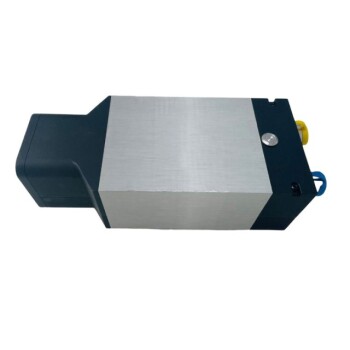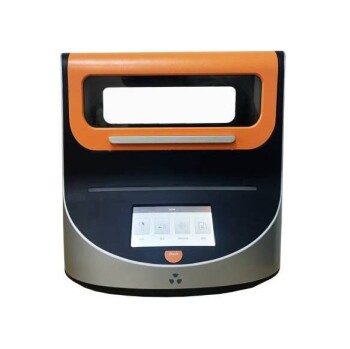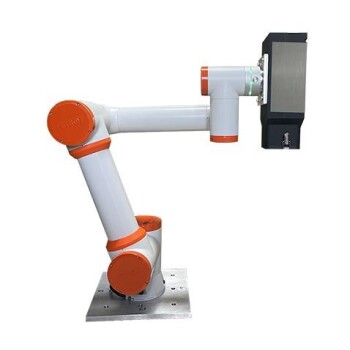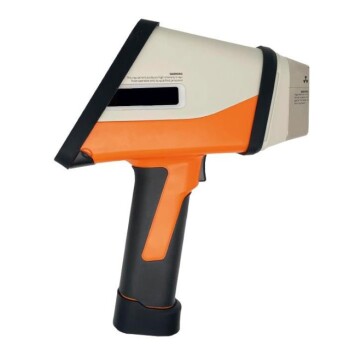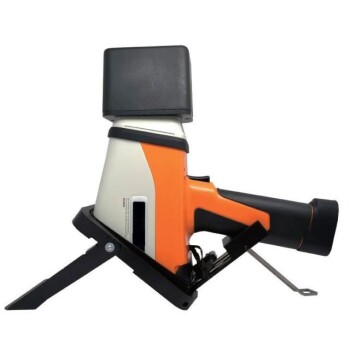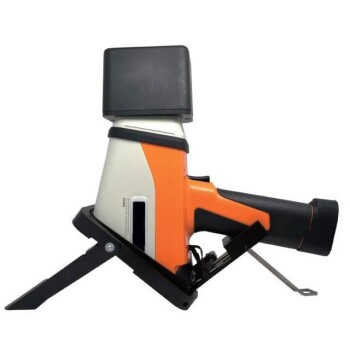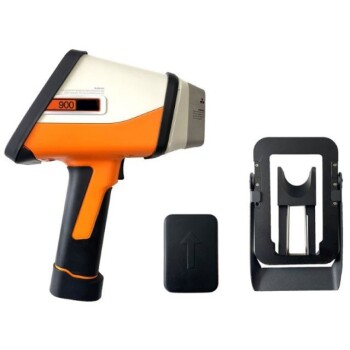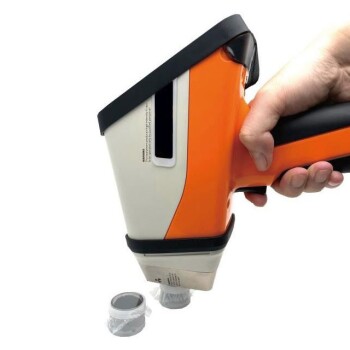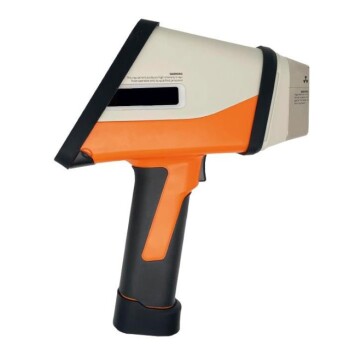XRF (X-ray Fluorescence) detection is a powerful analytical technique, but it has several limitations that affect its sensitivity, accuracy, and applicability. These limitations stem from factors such as the elemental composition of the sample, the physical properties of the sample, and the inherent capabilities of the XRF technology. Key constraints include the inability to detect light elements like hydrogen, carbon, and oxygen, sensitivity issues with low-concentration or trace elements, and challenges related to sample preparation and matrix effects. Understanding these limitations is crucial for ensuring accurate and reliable results, especially when analyzing complex or heterogeneous materials.
Key Points Explained:

-
Detection Limits for Elements:
- XRF detection limits vary depending on the element and sample type. For most elements, detection limits range from 2-20 ng/cm² for micro samples, thin samples, aerosols, and liquids.
- These limits are influenced by the concentration of the element in the sample and the intensity of the fluorescent radiation, which depends on factors like the atomic weight of the element and the sample matrix.
-
Inability to Detect Light Elements:
- XRF cannot effectively measure the lightest elements on the periodic table, such as hydrogen (H), carbon (C), nitrogen (N), oxygen (O), and sodium (Na). This is because their X-rays are too weak to be detected by XRF instruments.
- This limitation restricts the use of XRF in applications where these elements are critical, such as organic chemistry or biological samples.
-
Sensitivity and Resolution Limitations:
- XRF analyzers have limitations in sensitivity and resolution, particularly for low-concentration or trace elements. This makes it challenging to accurately analyze materials with very small amounts of certain elements.
- Matrix effects and sample composition complexity can further reduce sensitivity, leading to potential inaccuracies in results.
-
Sample Preparation Requirements:
- The accuracy of XRF analysis is highly dependent on sample preparation. Factors such as particle size, mineral composition, and particle density can significantly affect results.
- Grinding samples to a fine particle size and compressing them into smooth, flat pellets can reduce background scattering and improve the detection of emission peaks. However, this adds time and complexity to the analysis process.
-
Depth of Detection:
- The depth of X-ray detection in XRF depends on the atomic weight of the elements. Lighter elements are harder to detect because their X-rays are absorbed more readily by the sample matrix.
- This limitation means that XRF is better suited for surface analysis and may not provide accurate results for deeper layers of a sample.
-
Sample Size and Shape Constraints:
- Portable XRF analyzers have specific requirements for sample size and shape, which can limit their applicability for certain materials.
- Irregularly shaped or very small samples may not be suitable for analysis, and interference factors can further impact the accuracy and reliability of results.
-
Interference and Matrix Effects:
- XRF results can be affected by interference factors such as sample moisture, heterogeneity, and the sample matrix. These factors must be carefully controlled to ensure accurate and precise data.
- Matrix effects, where the composition of the sample affects the intensity of the fluorescent radiation, can lead to inaccuracies, especially in complex or heterogeneous samples.
-
Limited Chemical Structure Information:
- XRF provides information about the elemental composition of a sample but does not offer details about the chemical structure or bonding of the elements.
- This limitation means that XRF must often be used in conjunction with other analytical techniques, such as spectroscopy or chromatography, for a complete analysis.
-
Portability Trade-offs:
- While handheld XRF analyzers offer advantages such as portability and speed, they also have limitations, including limited depth analysis capabilities and stricter sample preparation requirements.
- These trade-offs must be considered when choosing an XRF analyzer for specific applications.
-
Need for Complementary Techniques:
- Due to the limitations of XRF, it is often necessary to use complementary analytical techniques to achieve accurate and comprehensive results, especially for complex samples or trace element analysis.
In summary, while XRF is a versatile and widely used analytical tool, its limitations must be carefully considered to ensure accurate and reliable results. Understanding these constraints helps in selecting the appropriate analytical approach and optimizing sample preparation and analysis conditions.
Summary Table:
| Limitation | Description |
|---|---|
| Detection Limits | Varies by element (2-20 ng/cm²); influenced by concentration, atomic weight, and sample matrix. |
| Inability to Detect Light Elements | Cannot measure hydrogen, carbon, nitrogen, oxygen, or sodium due to weak X-ray signals. |
| Sensitivity and Resolution | Limited for low-concentration or trace elements; matrix effects reduce accuracy. |
| Sample Preparation | Requires grinding and pelletizing; particle size and density affect results. |
| Depth of Detection | Better for surface analysis; lighter elements harder to detect due to absorption. |
| Sample Size and Shape | Portable XRF has strict size/shape requirements; irregular or small samples may not be suitable. |
| Interference and Matrix Effects | Moisture, heterogeneity, and matrix composition can impact accuracy. |
| Limited Chemical Structure Info | Provides elemental composition but no details on chemical bonding or structure. |
| Portability Trade-offs | Handheld XRF offers speed but has limited depth analysis and stricter prep requirements. |
| Need for Complementary Techniques | Often requires additional methods (e.g., spectroscopy) for comprehensive analysis. |
Need help overcoming XRF limitations? Contact our experts today for tailored solutions!
